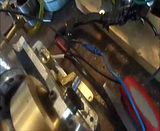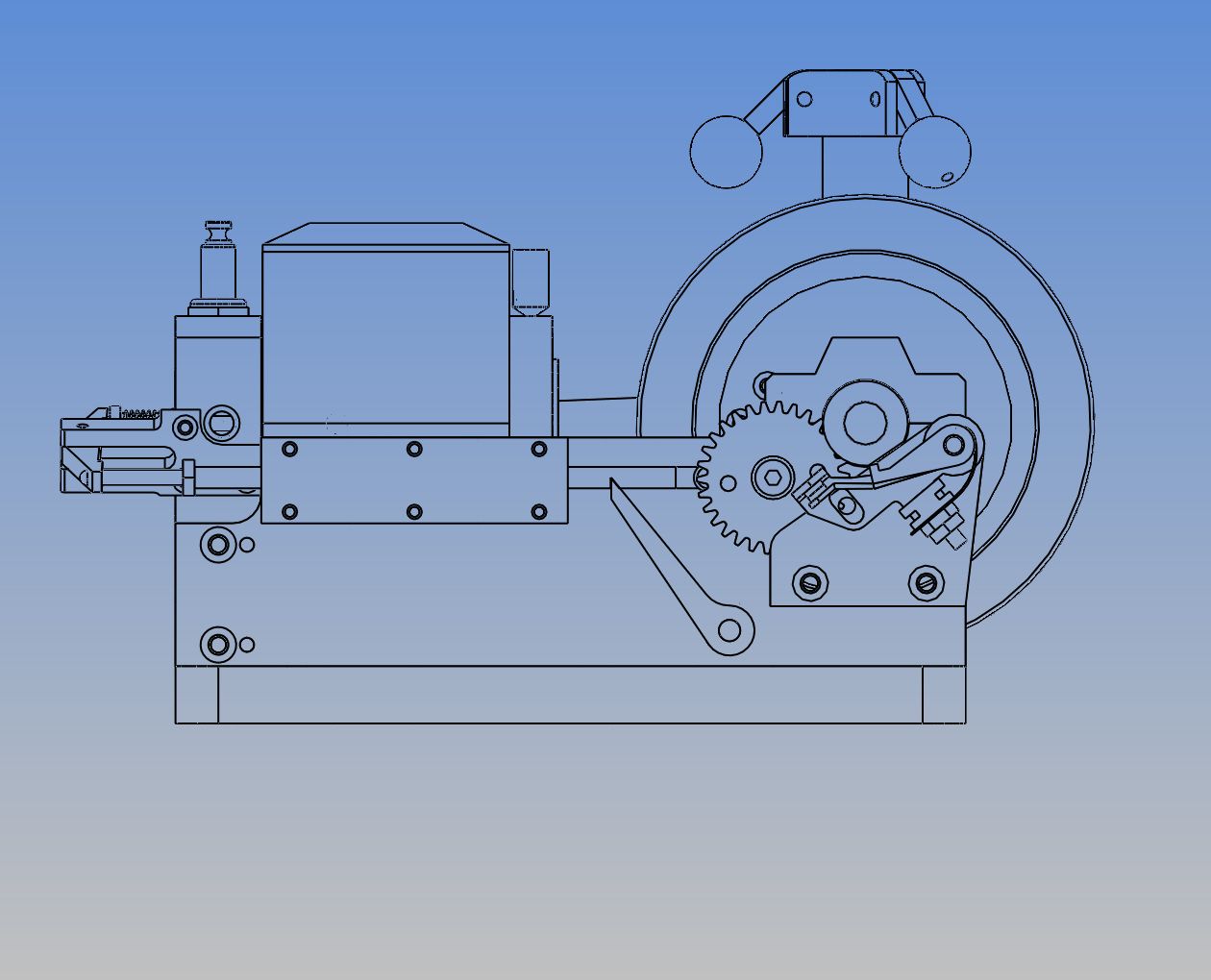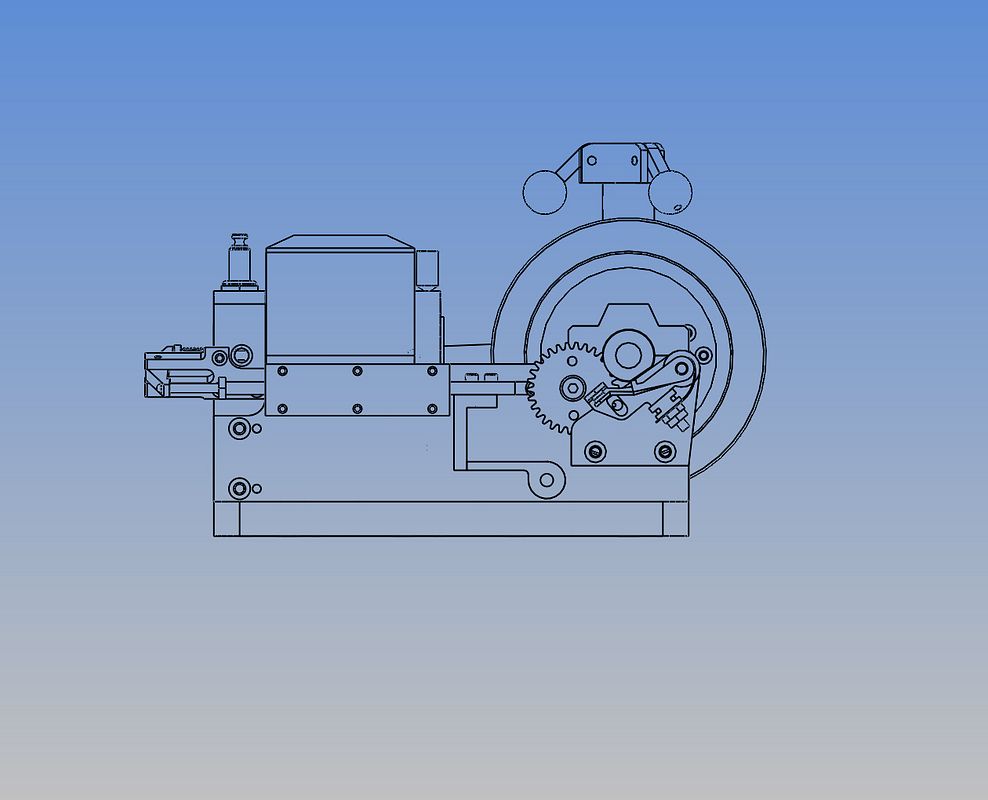And one spring adjusting knob for the governor---

View attachment GOV. SPRING ADJUSTING KNOB--RUPNOW.PDF

View attachment GOV. SPRING ADJUSTING KNOB--RUPNOW.PDF


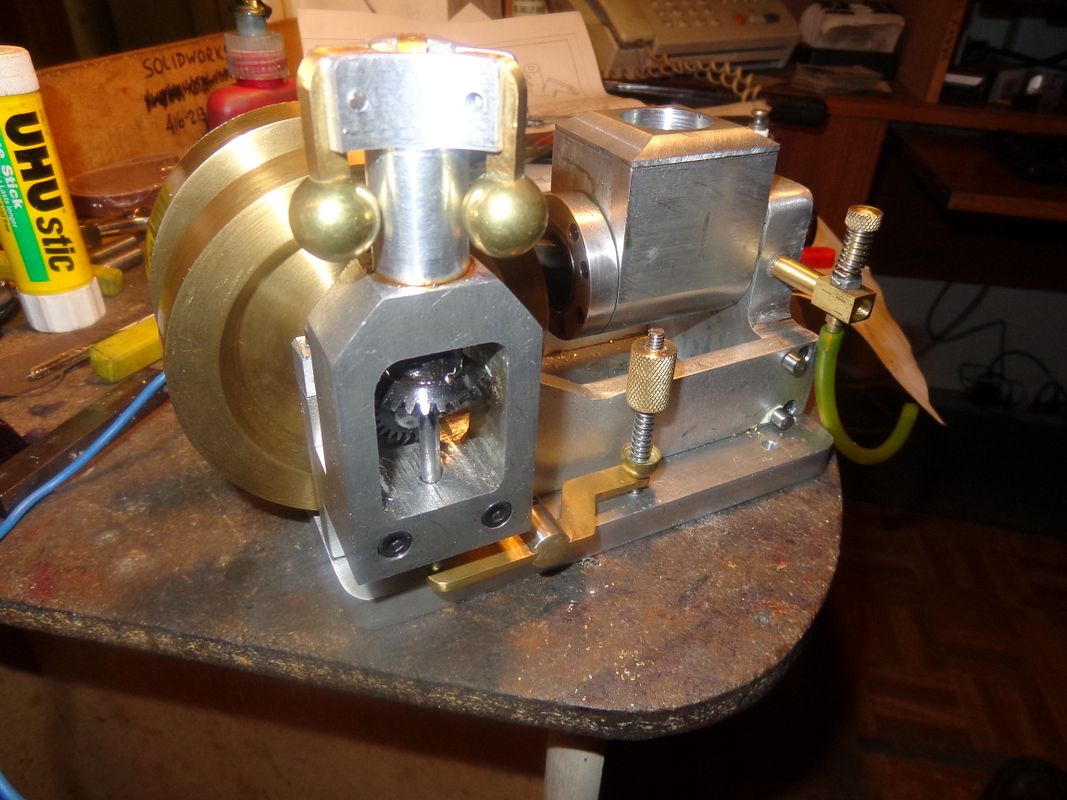

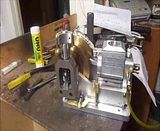








![DreamPlan Home Design and Landscaping Software Free for Windows [PC Download]](https://m.media-amazon.com/images/I/51kvZH2dVLL._SL500_.jpg)
what do you mean?Am I the only one that all this brass ball talk is just killing?
No Luc--I want them to go that fast. The faster they go, the smaller they can be. Since this is a prototype, I wasn't sure that 5/8" brass balls would be heavy enough. Now I see that they are of sufficient size, in fact I could probably have gotten away with 1/2" diameter. You will see on engines where the flyballs are geared off the camshaft which runs at half the crankshaft speed, either the balls are much larger or they are geared up from the camshaft to rotate faster. The only real "work" they do is move the latch in and out of the exhaust valve lifter.do you have another gear that would recuce the rpm the ball are going at
ek like a smaller gear on the crank and a bigger one on the governor
